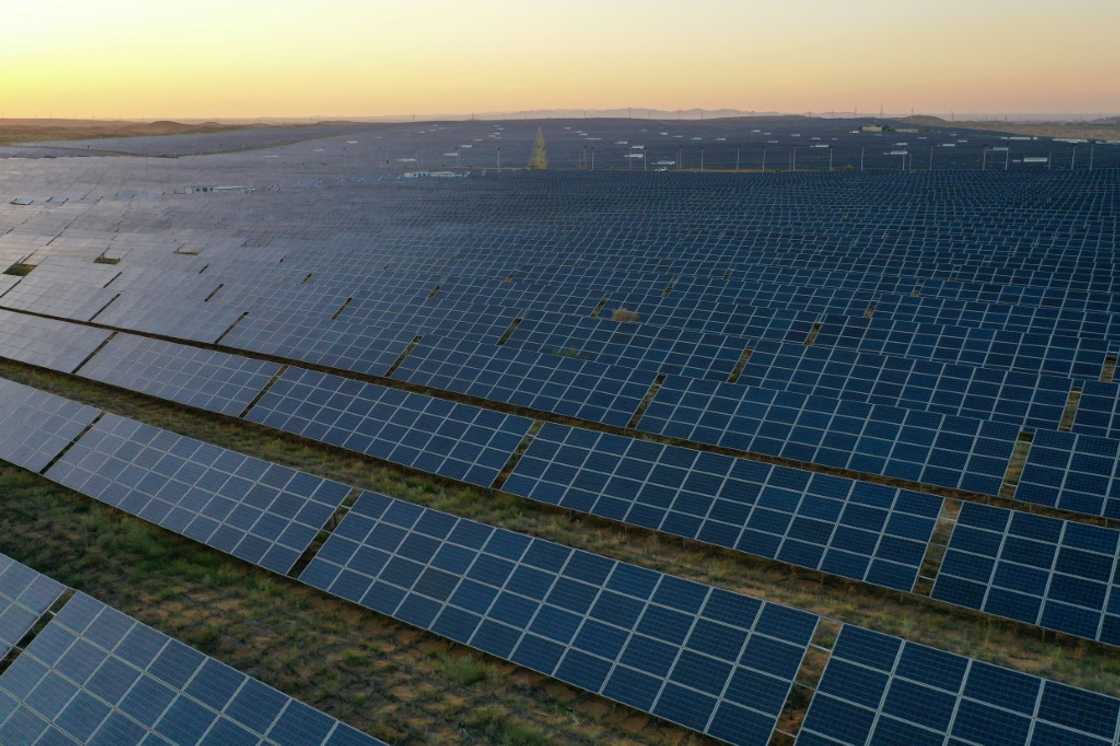Renewable Energy Surpasses Coal in Historic Shift, but Growth Faces Policy Headwinds
In a landmark development for clean energy, solar and wind power generation has exceeded coal-based electricity production for the first time in history, though policy changes in major economies threaten to slow future growth momentum.
According to data released Tuesday by energy think tank Ember, renewables captured 34.3% of global electricity production in the first half of 2025, overtaking coal’s 33.1% share, while natural gas remained steady at 23%. Solar power showed exceptional growth, surging by 31% during this period, significantly outpacing wind energy’s 7.7% increase.
“This represents a crucial turning point,” noted Ember’s senior electricity analyst Malgorzata Wiatros-Motyka, highlighting how clean energy sources are now keeping pace with rising global electricity demand.
However, the International Energy Agency (IEA) warns that the world will likely miss its 2030 renewable energy targets set during the 2023 UN climate summit in Dubai. The agency has downgraded its forecast from 5,500 gigawatts to 4,600 gigawatts of additional renewable power by 2030, citing recent policy and market developments.
Policy shifts in major economies are creating significant headwinds. In the United States, the IEA cut its growth projections by nearly 50% following the Trump administration’s early termination of renewable tax credits and stricter project regulations. Former President Trump recently dismissed climate change as “the greatest con job ever” and described renewables as an expensive “joke” during a UN address.
China’s transition from fixed tariffs to auction-based pricing for renewable energy projects has also dampened growth expectations, though the country remains the global leader in renewable expansion and is set to achieve its 2035 wind and solar targets five years ahead of schedule.
Despite these challenges, several regions show promising development:
– India is positioned to become the second-largest growth market, targeting a 2.5-fold capacity increase within five years
– Middle East and North Africa forecasts have been revised upward by 25%
– European nations including Germany, Italy, Poland, and Spain are exceeding previous growth projections
The renewable energy landscape continues to be dominated by solar technology, which accounted for approximately 80% of global renewable growth over the past five years, followed by wind, hydroelectric, biomass, and geothermal power. However, offshore wind projects face increasing uncertainty, particularly in the United States, where some construction plans have been halted.
These developments come as the world grapples with the urgent need to transition away from fossil fuels to combat climate change, making the achievement of renewable energy targets increasingly critical for global climate action.







Leave a Comment